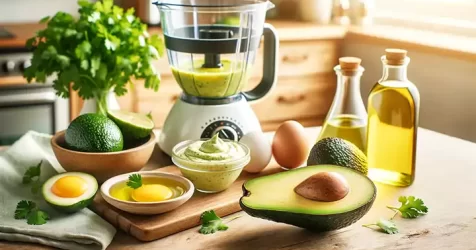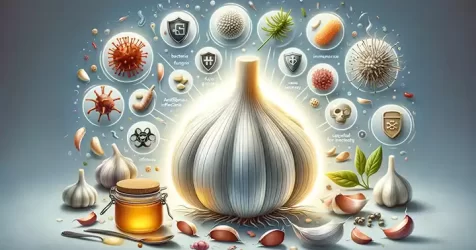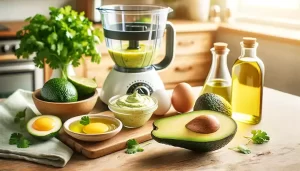How to Make Handmade Soaps of Lemon, Vinegar, and Alcohol Without Caustic Soda
Creating your own handmade soaps can be a rewarding and creative experience. Traditional soap-making often involves the use of caustic soda (lye), which can be hazardous. However, it’s possible to make natural and safe soaps at home using ingredients like lemon, vinegar, and alcohol without the need for caustic soda. Here’s how you can craft these eco-friendly and skin-friendly soaps.
1. Gather Your Ingredients and Tools
Details:
- Ingredients: You will need lemon juice, white vinegar, high-proof alcohol (like vodka or rubbing alcohol), unscented liquid castile soap, and essential oils for fragrance if desired.
- Tools: Prepare a mixing bowl, a measuring cup, a whisk, soap molds, and a storage container.
2. Prepare the Lemon and Vinegar Mixture
Details:
- Squeeze fresh lemons to get about ¼ cup of lemon juice. Lemon juice is known for its natural cleansing properties and refreshing scent.
- Mix the lemon juice with ¼ cup of white vinegar in a bowl. Vinegar is a natural disinfectant and will also help to cut through grease.
3. Add Alcohol
Details:
- Slowly add 1 cup of high-proof alcohol to the lemon and vinegar mixture. Alcohol acts as a solvent in the soap, helping to dissolve oils and ensuring that your soap has antiseptic properties.
4. Incorporate Liquid Castile Soap
Details:
- Add 1 cup of unscented liquid castile soap to your mixture. Castile soap is a gentle, natural soap that doesn’t contain any synthetic ingredients. It will serve as the base of your handmade soap, providing cleansing properties without harsh chemicals.
5. Customize with Essential Oils (Optional)
Details:
- If you want your soap to have a specific scent, you can add a few drops of essential oils. Essential oils like lavender, tea tree, or eucalyptus not only add fragrance but also bring their own therapeutic properties.
6. Mix and Pour into Molds
Details:
- Whisk the mixture thoroughly until all ingredients are well combined. Then, carefully pour the mixture into your soap molds. You can use silicone molds or any other soap mold you have.
7. Let it Set
Details:
- Allow your soap to set by leaving it undisturbed in a cool, dry place for at least 24 hours. If you’re in a hurry, you can also put the molds in the refrigerator to speed up the setting process.
8. Unmold and Store
Details:
- Once the soap is set, gently remove it from the molds. Store your handmade soap in a cool, dry place or in an airtight container to keep it fresh.
9. Usage and Precautions
Details:
- Before using your handmade soap, test it on a small skin patch to ensure there’s no allergic reaction, especially if you’ve added essential oils.
- Remember that while these soaps are natural, they should still be used within a reasonable period to maintain their freshness and effectiveness.
By following these steps, you can create your own lemon, vinegar, and alcohol-based soaps without the need for caustic soda. Not only are these soaps safe and gentle on the skin, but they also provide the satisfaction of having created a useful product with your own hands. Happy soap-making!



















